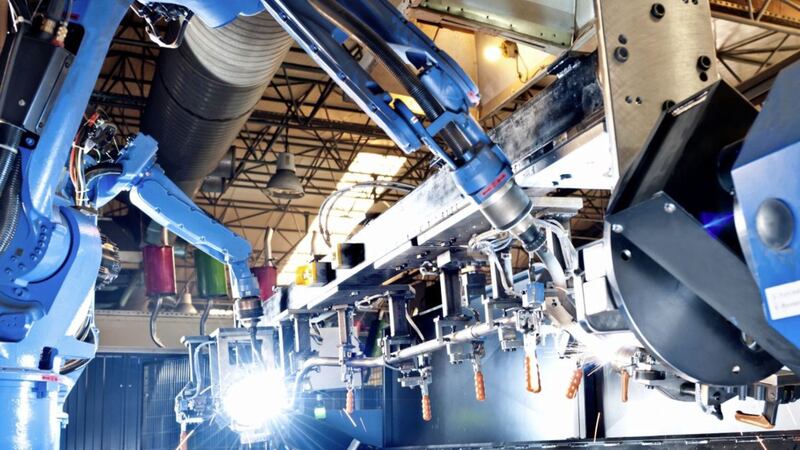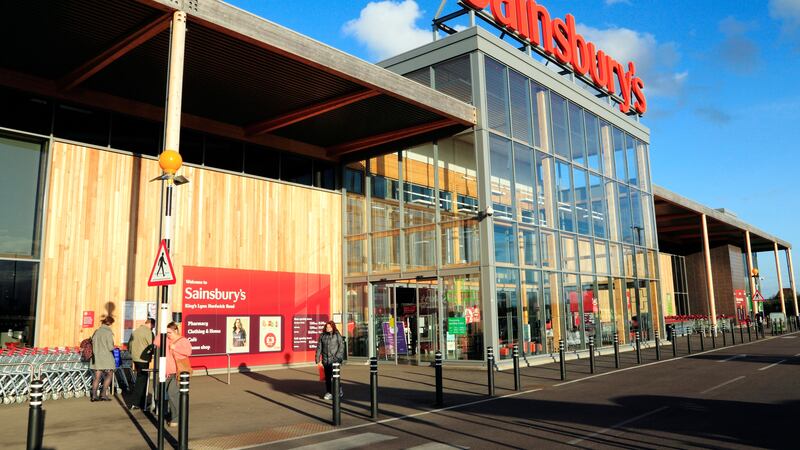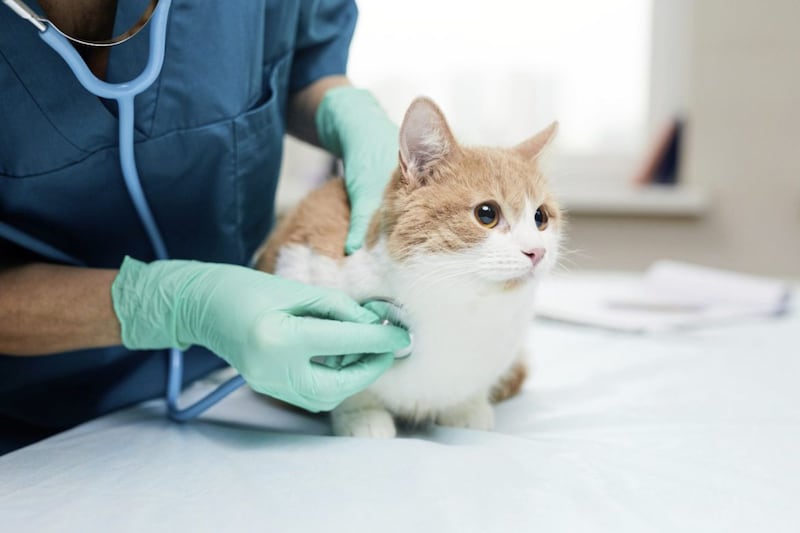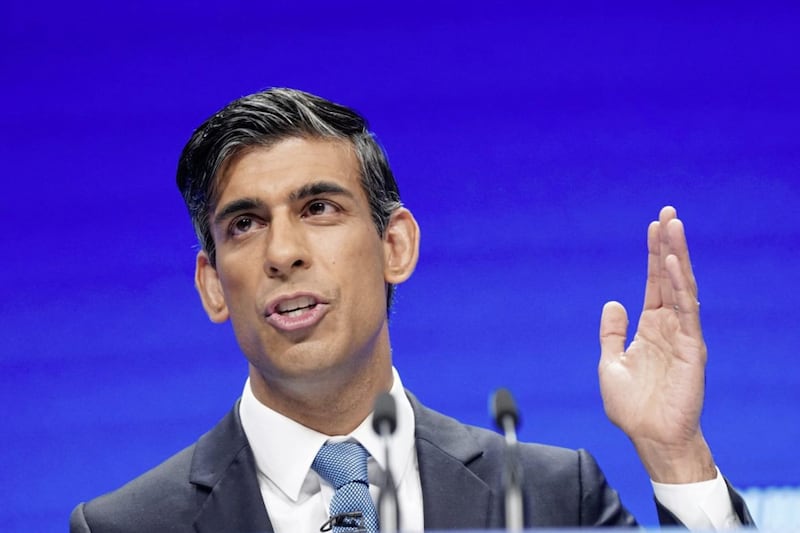QUESTION: I own a manufacturing business and am considering a significant investment in new equipment during this financial year. I understand that I cannot write these costs off and claim tax relief against my profits like I would do with other revenue expenses of the business. Are there any tax reliefs available for this type of capital expenditure?
ANSWER. An annual investment allowance (AIA) of up to £200,000 is given for investment in plant and machinery incurred on or after January 1 2016. The AIA provides 100 per cent allowance for the first £200,000 of investment in plant and machinery (excluding cars) irrespective of the size of the business until December 31 2018. Legislation was introduced in the Finance Act 2018 to temporarily increase the Annual Investment Allowance (AIA) limit from its existing limit of £200,000 to £1,000,000 from January 1 2019, for a period of two years. This relief is a special type of capital allowance which can reduce a tax payer’s income tax (if self-employed) or corporation tax liability (if operating the business through a company), by reducing the business taxable profits.
The increase in the AIA tax relief allows many businesses to receive 100 per cent tax relief on capital expenditure which means that they benefit from tax relief on the costs incurred much faster than they would if they were claiming normal capital allowance tax relief. The £200,000 and £1,000,000 limit is increased or reduced if the business accounting period is more or less than a year, with any qualifying expenditure exceeding the limit instead qualifying for standard capital allowance tax relief of only 18 per cent or 8 per cent each year. There are some special capital allowance rates which apply to particular assets so it is important to check that the correct tax rate is being claimed by the business.
It is also important to note that where a business accounting period spans the January1 2019, the old AIA limit of £200,000 and the increased AIA of £1,000,000 are pro-rated. For example, if a business has a March 31 2019 year end, the total AIA available to the business for that 12 month period would be calculated as £400,000. This is 9/12 of the £200,000 allowance, which is given for the period to December 31 2018 and also an additional allowance of £250,000, which is given for the period of expenditure from January1 2019 to March 31 2019. The latter allowance of £250,000 is calculated as 3/12 of the new £1,000,000 limit. Consequently, if a business is planning to invest in new equipment during a financial year which spans January 1 2019, they should consider reviewing the pre and post January 2019 AIA limits to ensure that the correct tax allowances are claimed.
AIA is currently not available on expenditure incurred in the period in which the trade is permanently discontinued and HMRC contend that this includes a situation where a sole trader transfers his business to a limited company. Care is therefore required when a business incorporates to ensure that the timing of capital expenditure does not result in the valuable AIA tax relief being forfeited or restricted.
:: Janette Burns (j.burns@pkffpm.com) is associate tax director at PKF-FPM Accountants Limited (www.pkffpm.com). The advice in this column is specific to the facts surrounding the question posed. Neither the Irish News nor the contributors accept any liability for any direct or indirect loss arising from any reliance placed on replies.








